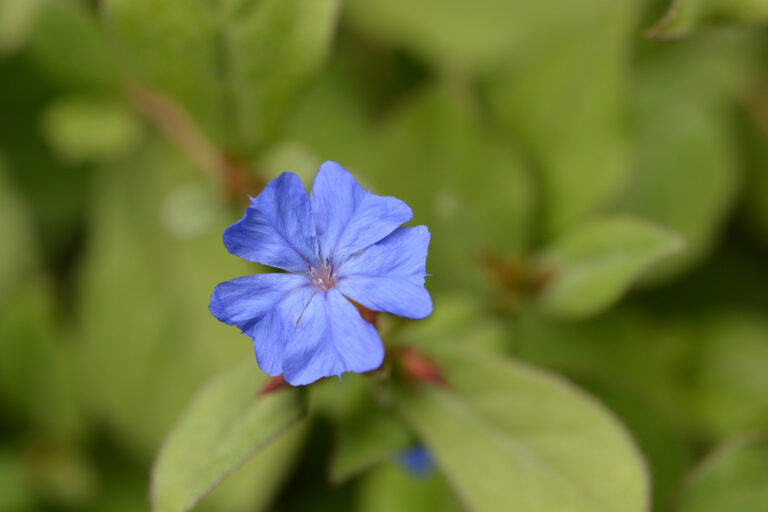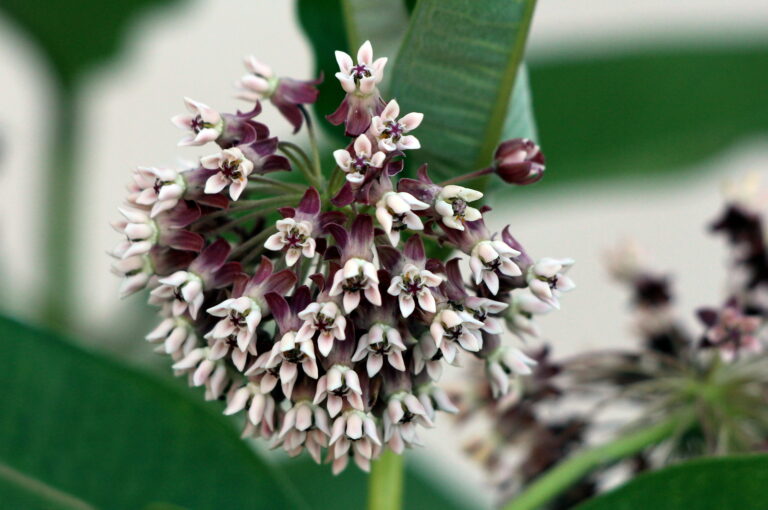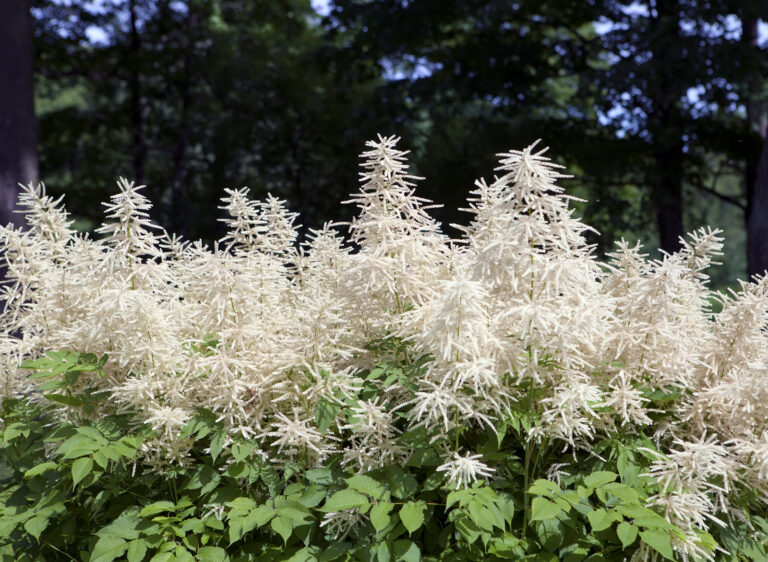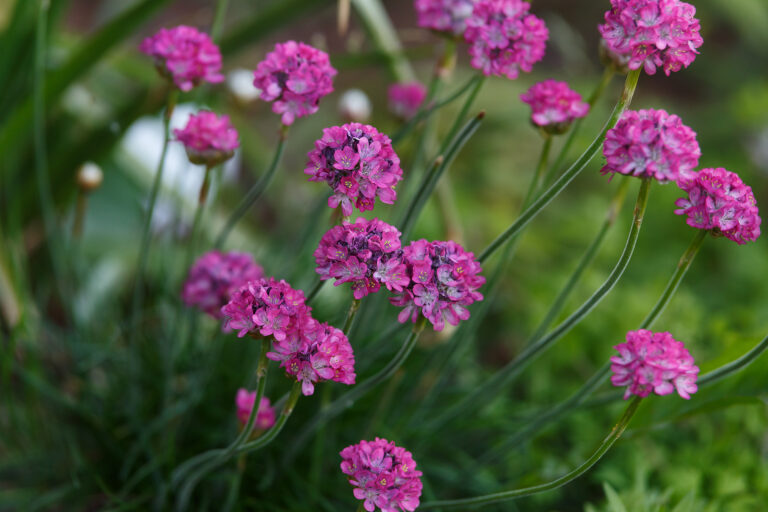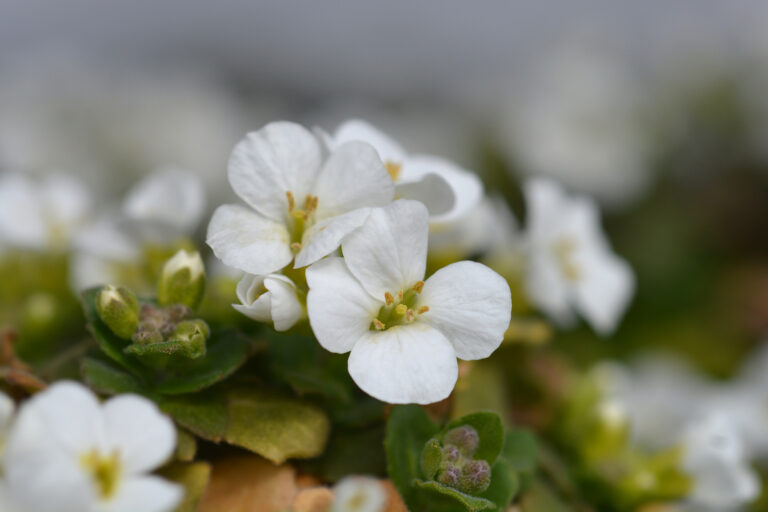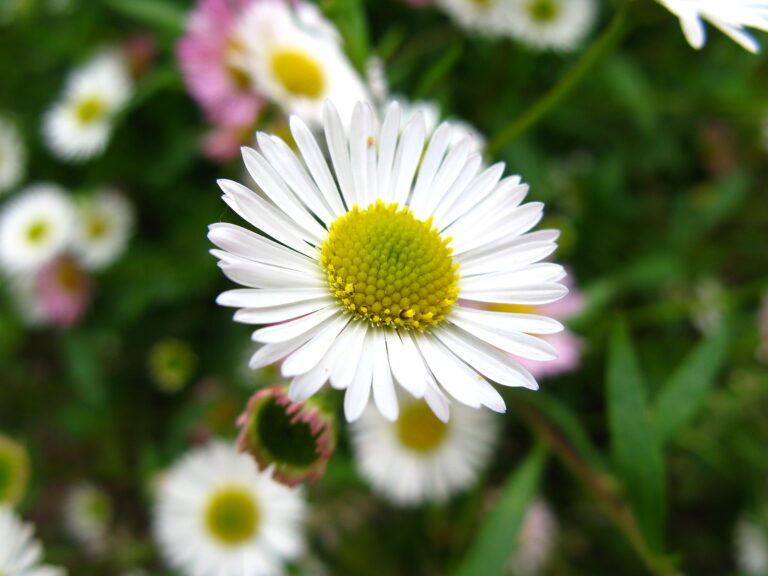How to Grow Dwarf Plumbago — Ceratostigma
Ceratostigma–commonly called dwarf plumbago, sometimes called leadwort–is a low-creeping, semi-woody perennial with deep gentian blue flowers from mid-summer to autumn. It is a sturdy groundcover under the dry shade of large shrubs and trees. Leaves commonly turn deep orange in autumn adding seasonal flair to the garden. Ceratostigma is not to be confused with a…

